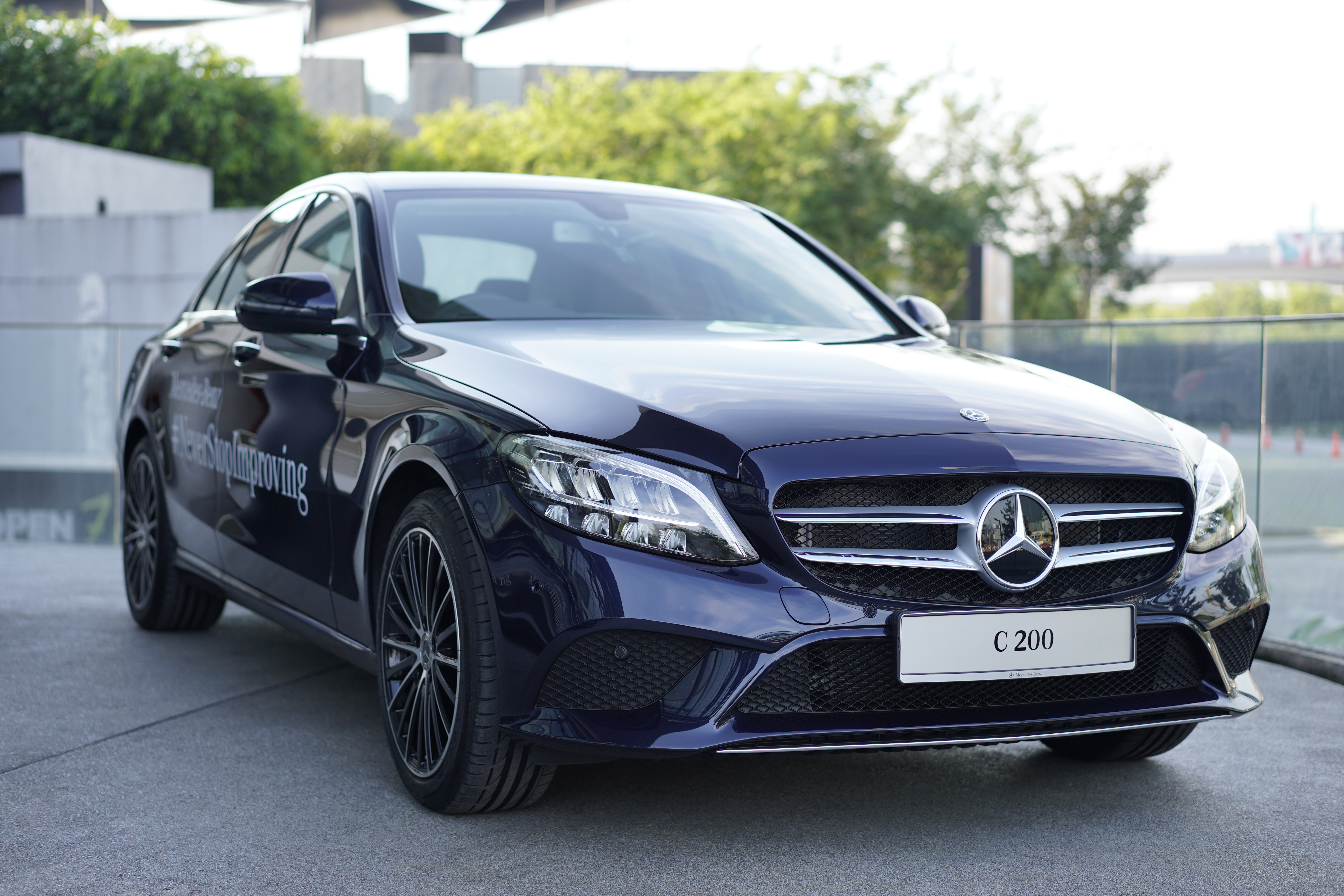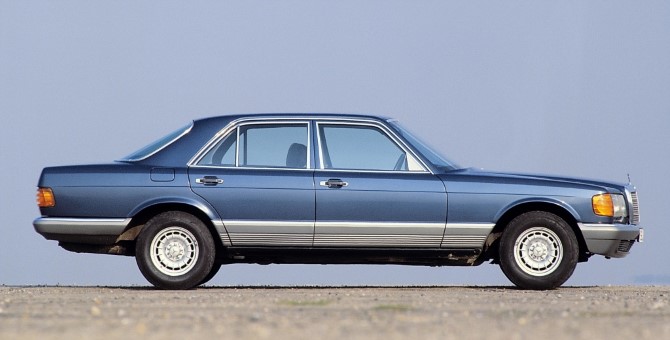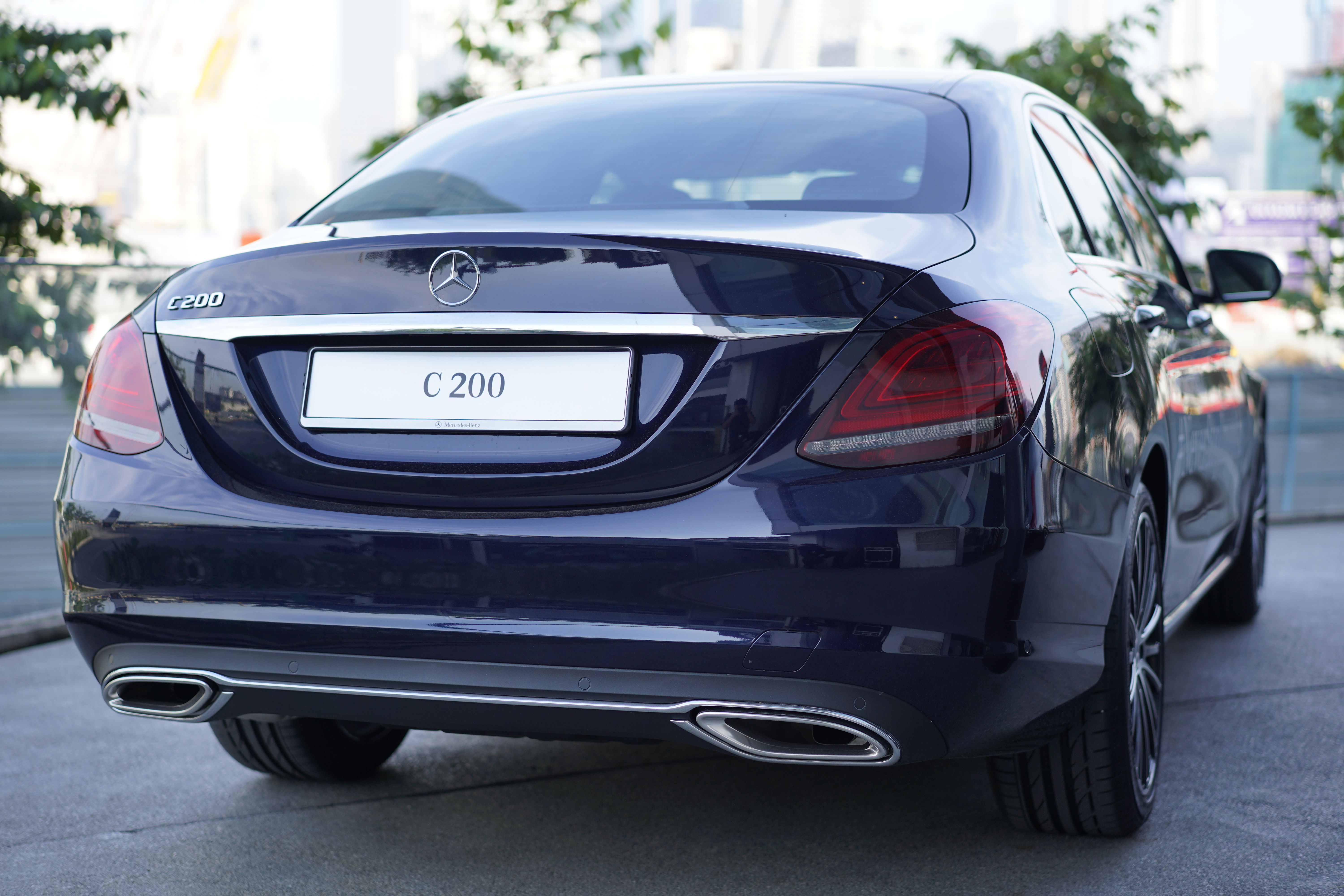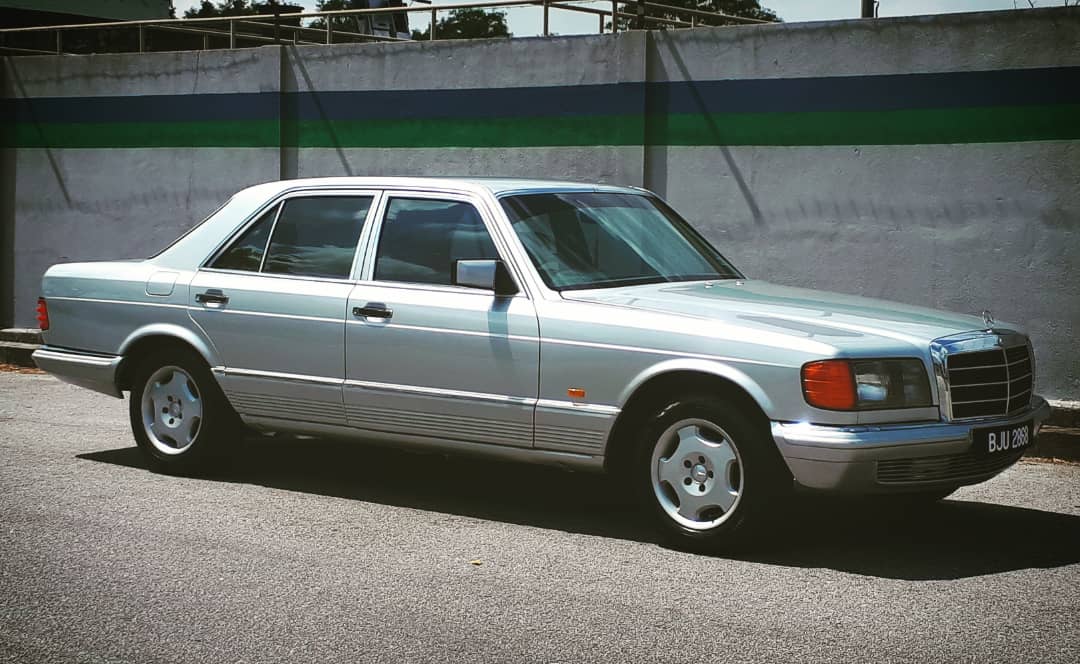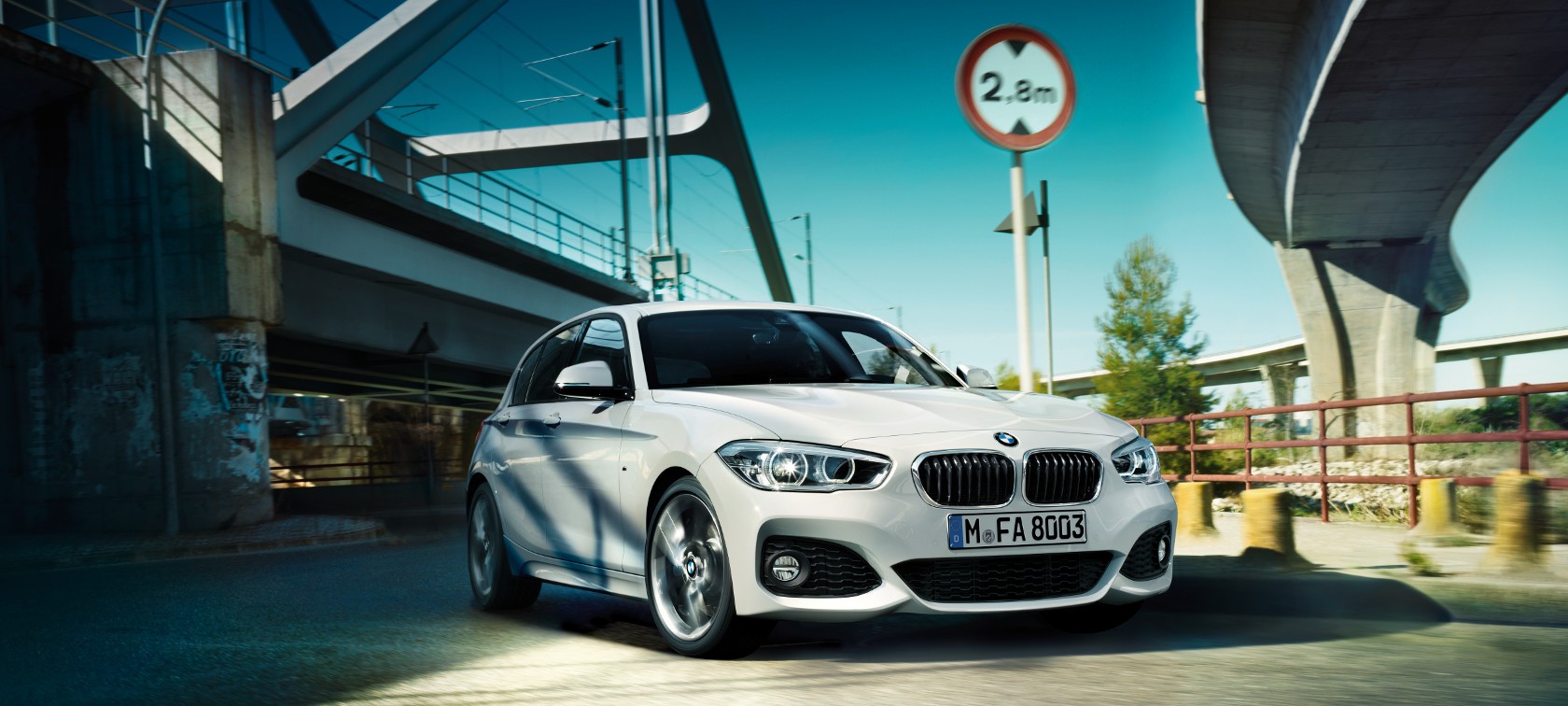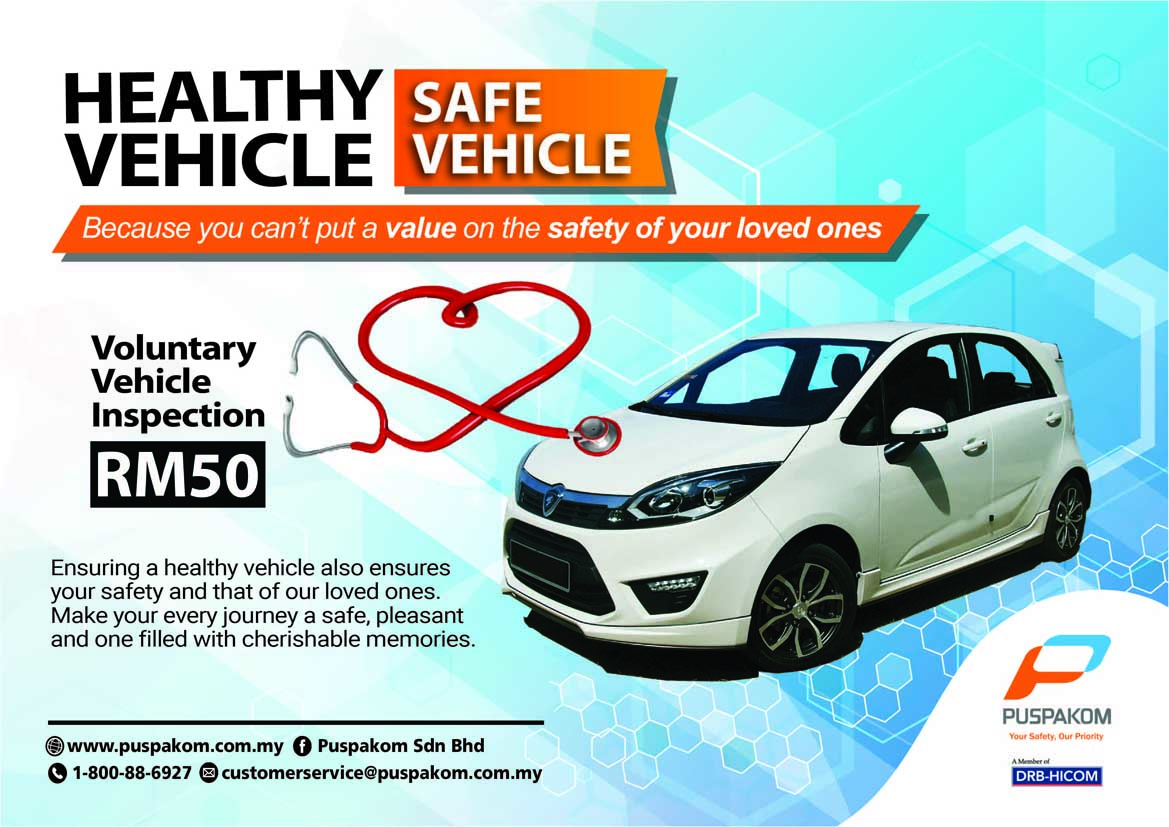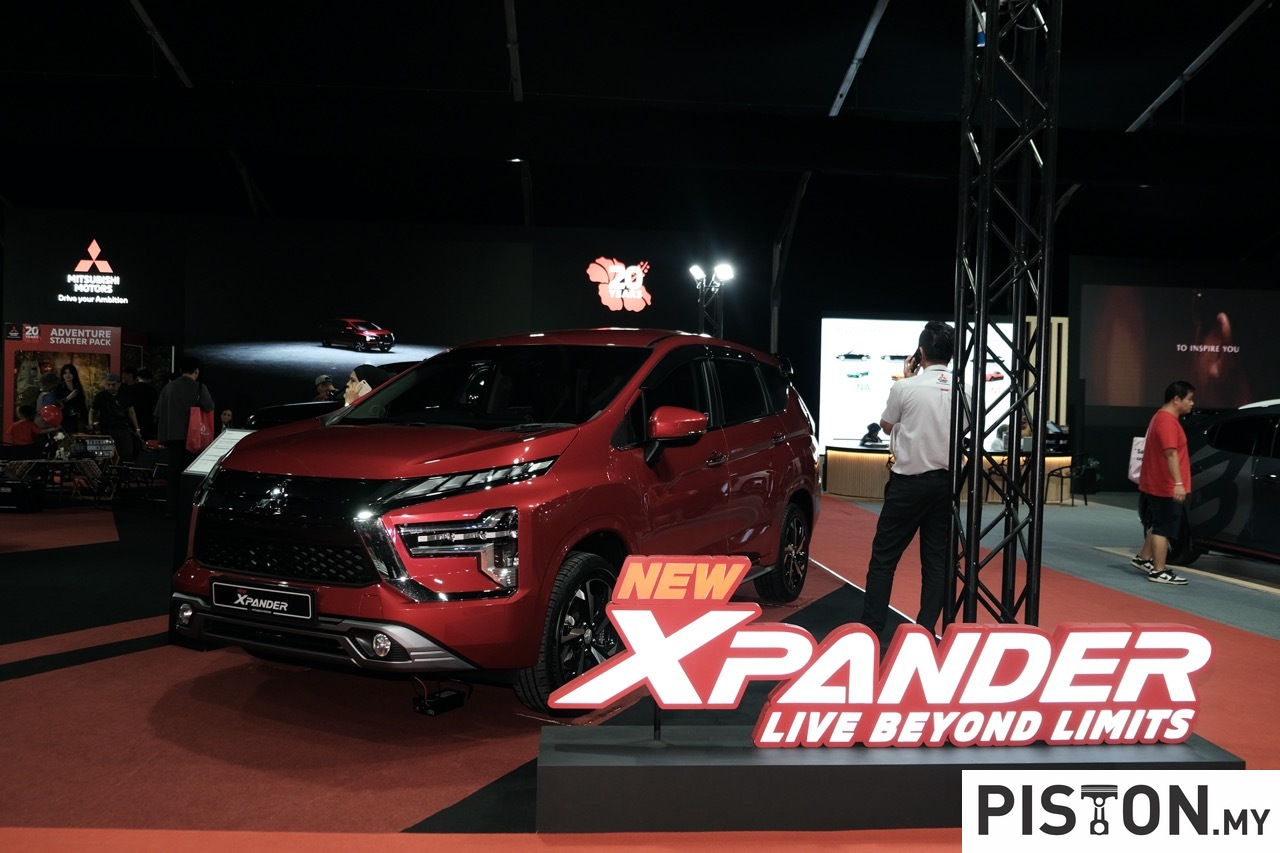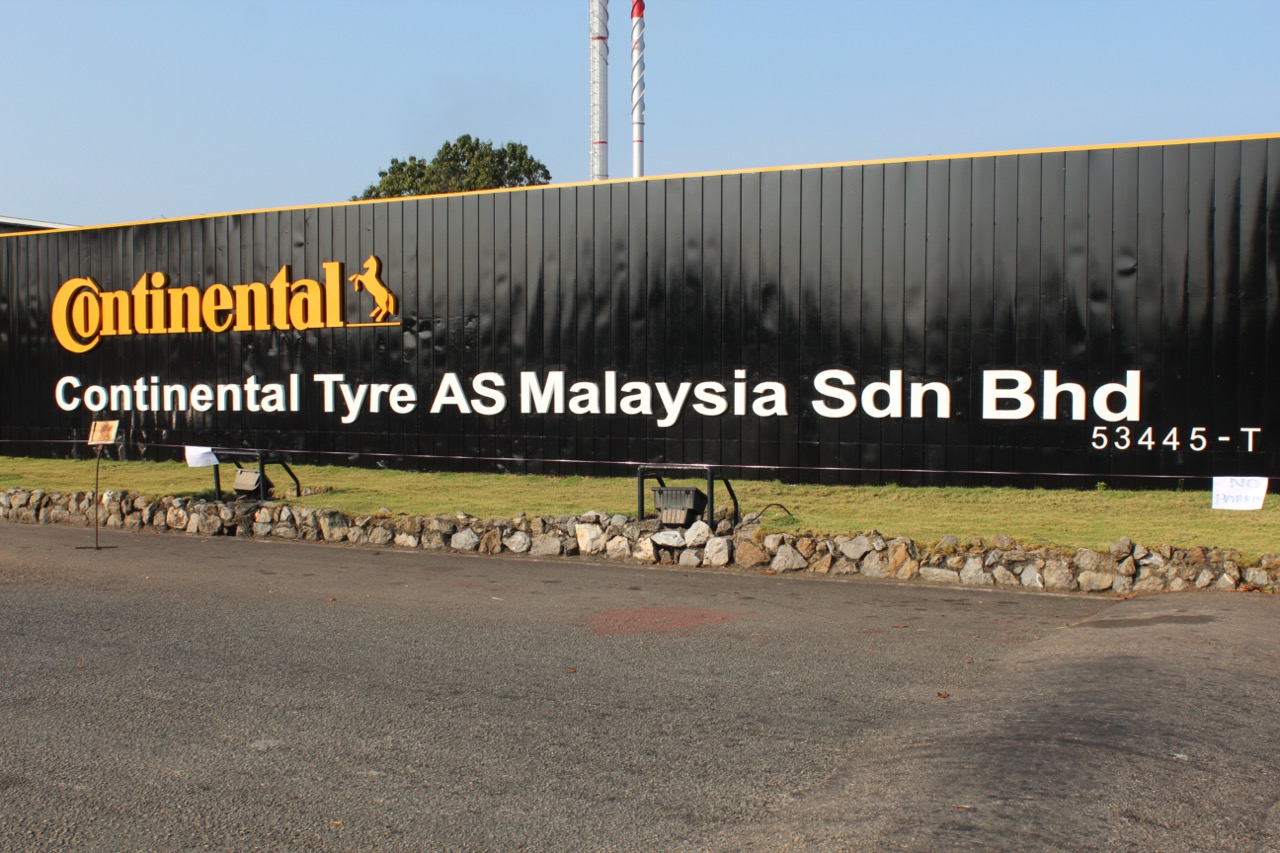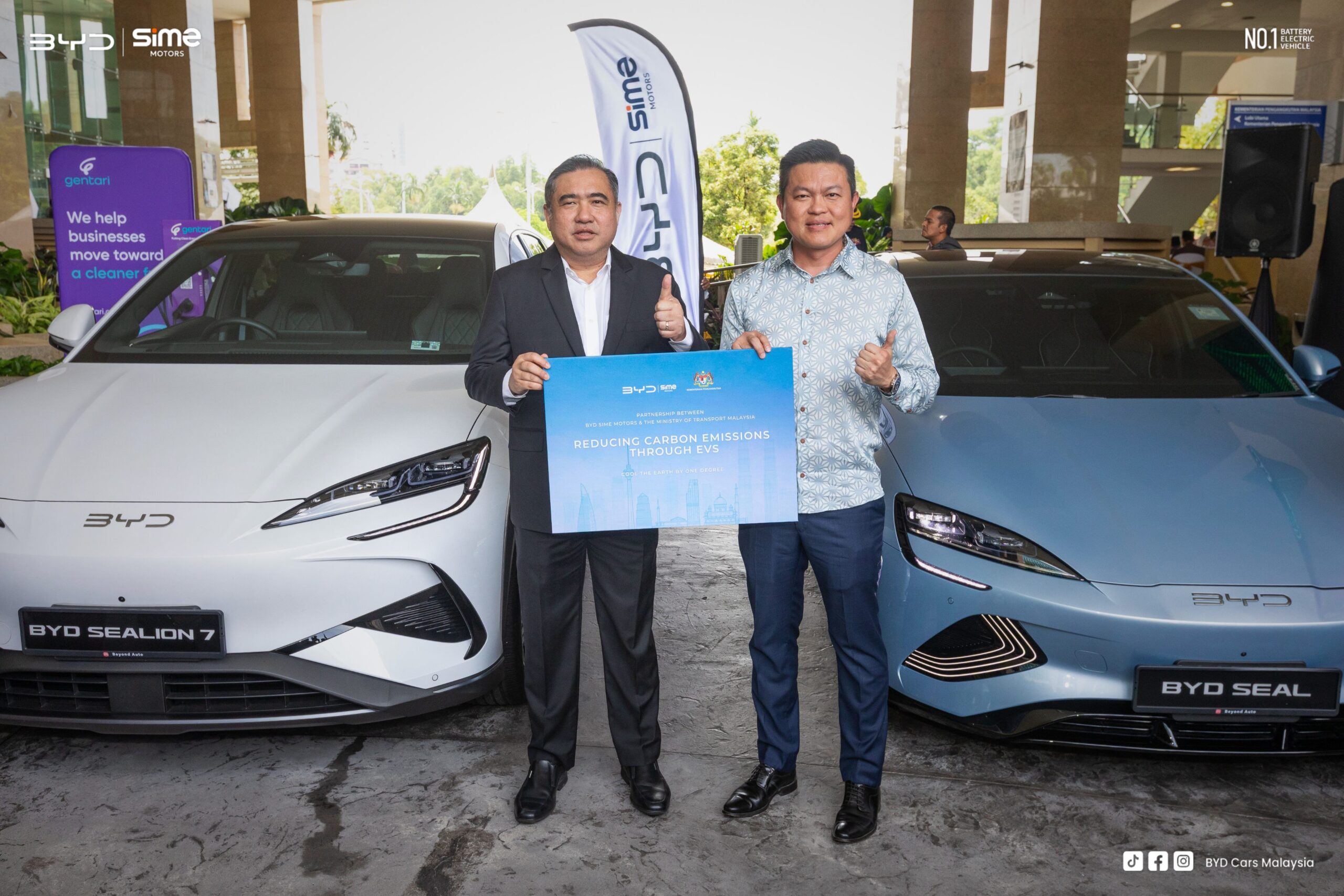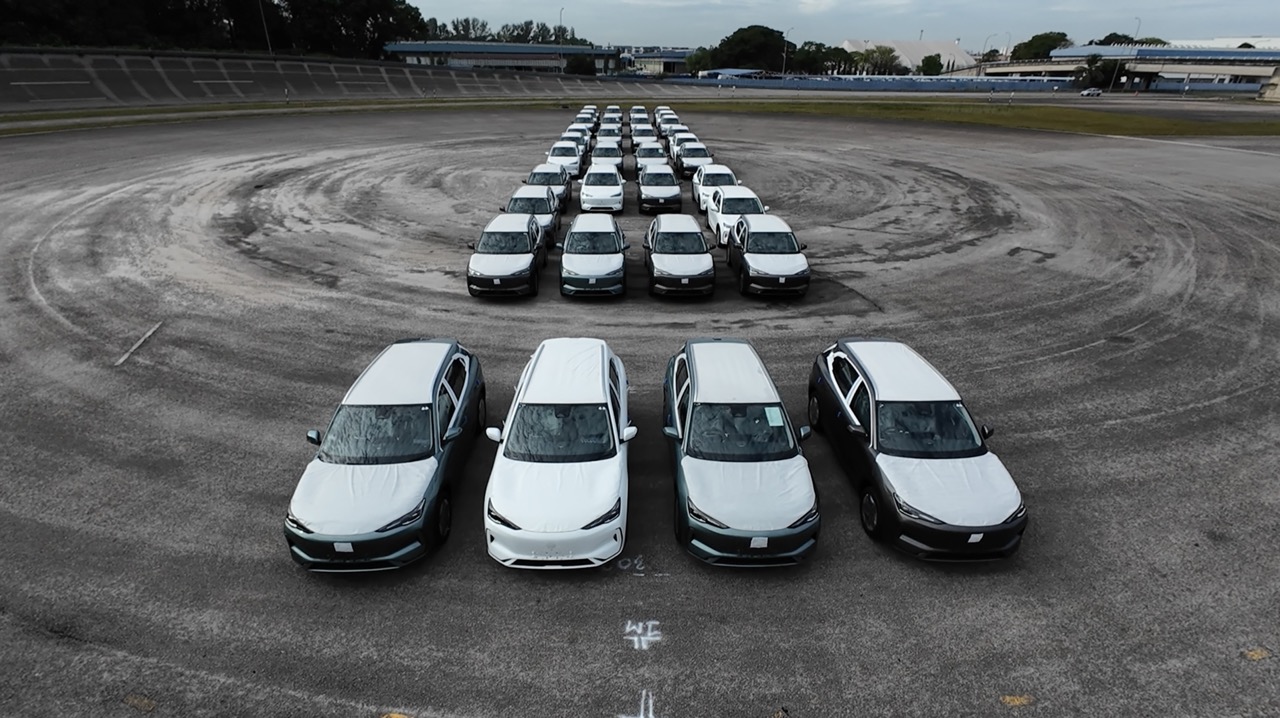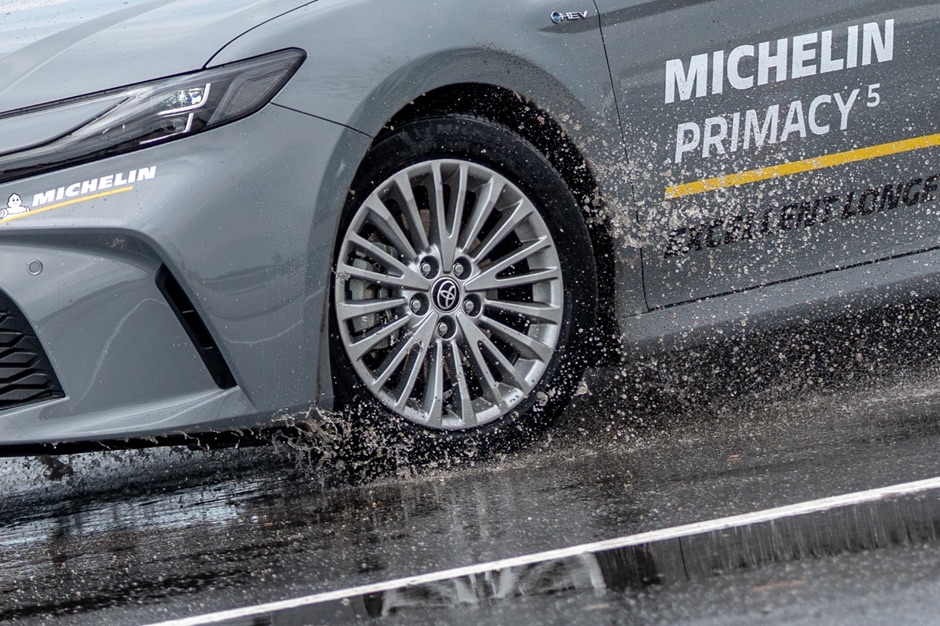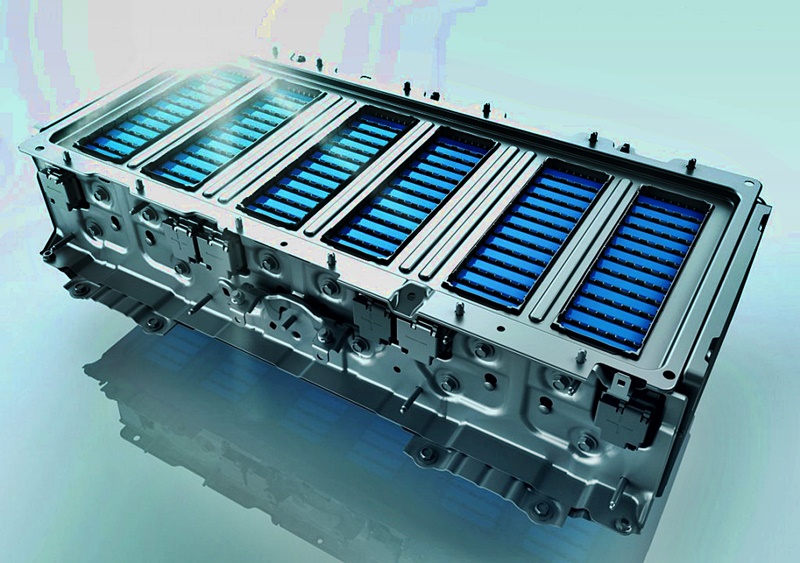I’m getting ready for a massive hit soon. Well, not to me physically per se, but more toward my bank account, and it’s all because of our ridiculously archaic road-taxation system for private registered vehicles. But first, let’s take trip down memory-lane shall we?
A long, long time ago, in a galaxy… well, right here actually, cars, and more to the point, large capacity cars with big engines, were seen as ‘luxury goods’. Ownership of these ‘big-engine-big-body’ cars were seen as items that only the wealthy could afford. I’ll give you an example, in 1982 a Mercedes-Benz 280SE (above) cost a whopping $90,000. I’ve used the ‘dollar’ symbol because back then the designation ‘RM’ for our currency didn’t even exist yet. To put that price into perspective, my old family house in Kelana Jaya (then known as Ladang Seaport) at the time cost $47,000. Yes, you could technically buy two houses for the price of one luxury Merc.
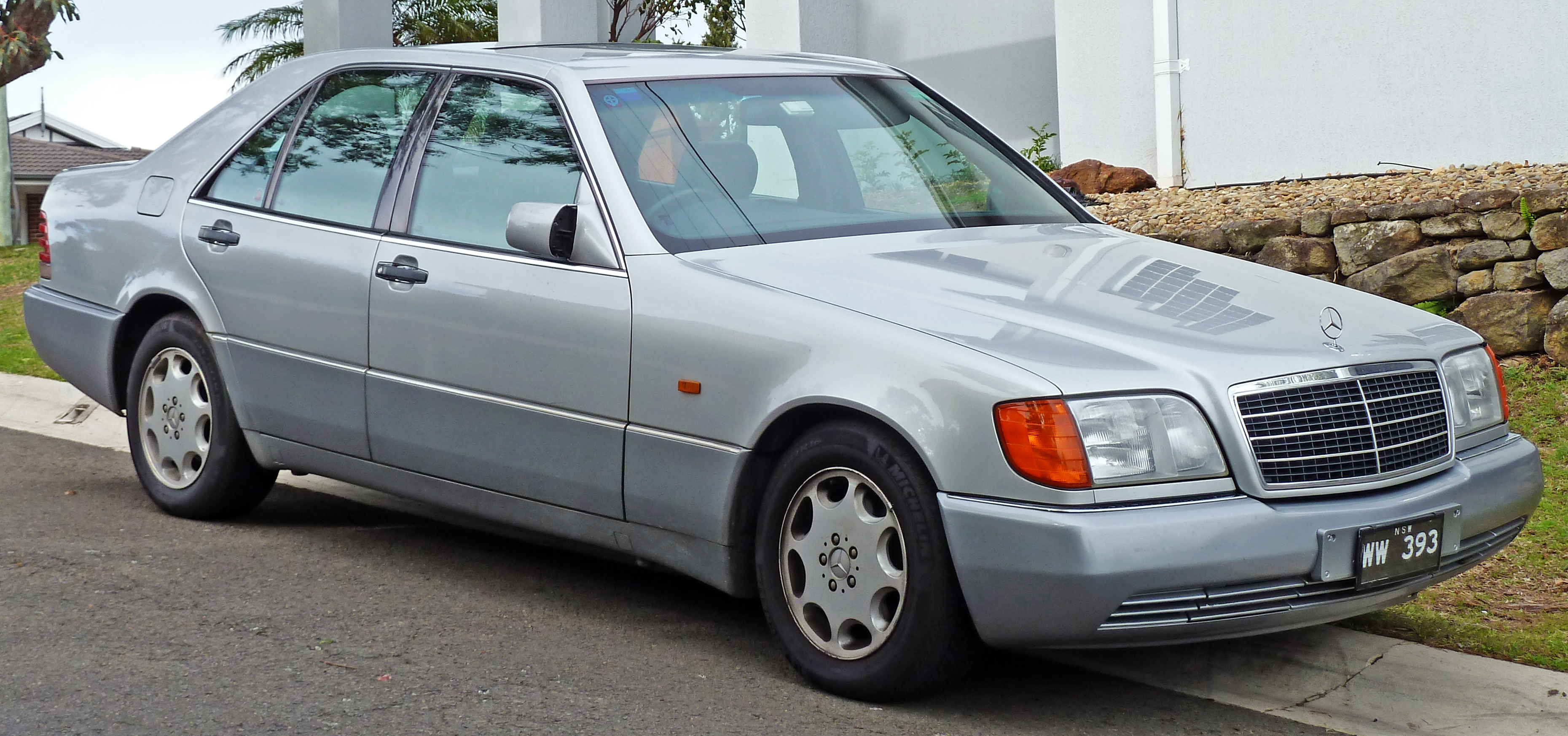
As such, the powers that be levied a hefty road tax on any privately registered car above a certain cubic-capacity (cc), like the gargantuan Mercedes W140 S320 above, its owners had to shell out more than RM3,000 for road tax every year. Road tax is somewhat liveable up to 2,000cc, and it gets a bit more painful up to 2,499cc. It’s anywhere above that mark when things go from painful to downright suicidal, especially in this day and age. Above 2,499cc, the cost of annual road tax for privately registered cars goes up exponentially, and is calculated per cc.
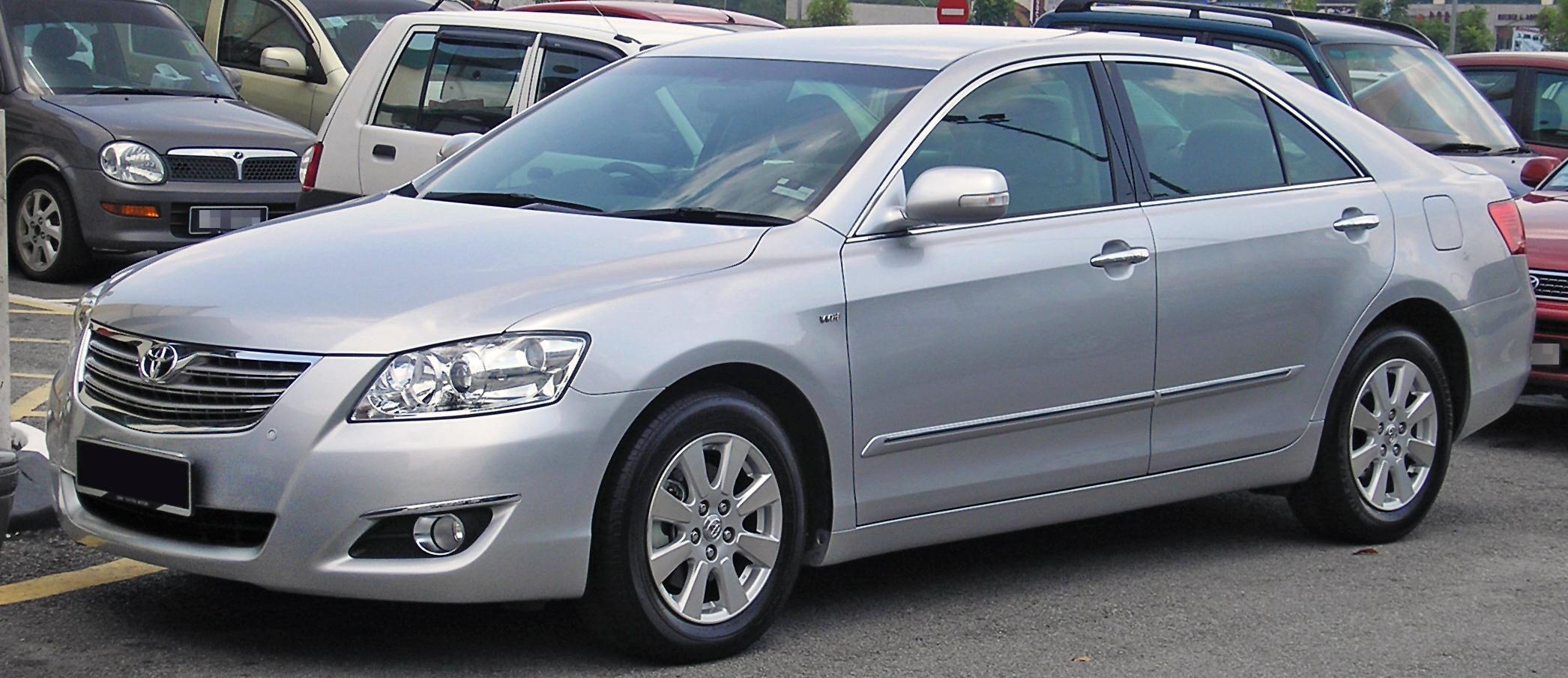
So now you know why typically in the past (and even till today), luxury carmakers, or rather any carmaker in the D-segment would always try to keep their cars’ cubic-capacity below 2,500cc, for example the Toyota Camry 2.4 (above). For that engine displacement, the road tax is a somewhat liveable RM879 per annum. However, increase that cubic-capacity to just 400cc more, and the road tax is a whopping RM1,630 a year.
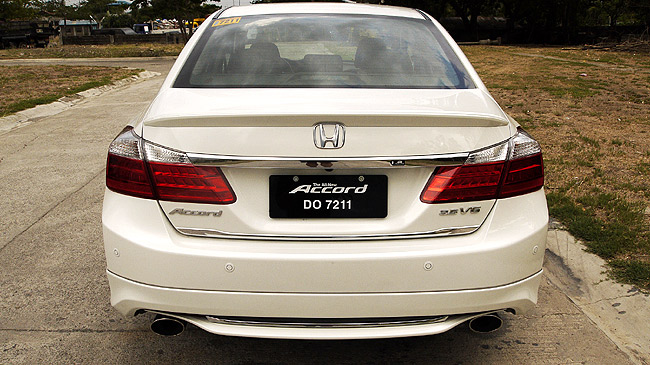
Does anyone remember the Honda Accord 3.5 V6 (above) that was sold here for a brief spell a decade or so ago? I do. I loved it. It was the ultimate sleeper. It also came with a yearly road tax of RM4,380! I’ve purchased whole, complete, running cars for less than that. No wonder it’s all but disappeared over here. Shame really. And that leads me nicely into the crux of this triade…
Automotive technology has progressed by leaps and bounds in the last few decades, and collectively carmakers the world over have unceremoniously dispensed with the old adage of “No replacement for displacement” in lieu of smaller engines with forced-induction in the form of turbochargers and superchargers. It was now possible to achieve better power and better fuel-efficiency without the need for big cc engines. Case in point, the new Mercedes-Benz C200 (<–link) C-Class (above & below).
It’s capable of producing 184bhp and 280Nm of torque from a 1,500cc, 4-cylinder turbocharged engine. Let that sink in a while. Here’s the clincher: it’s a luxury car with the cubic-capacity of a Toyota Vios that’s going to cost owners a paltry RM90 a year in road tax. Let that sink in even further.
While on this subject, how about a supercar that pays the same? None? Have you forgotten the BMW i8 below? With its hybrid-powertrain, technically the i8 only has a 1.5-litre, 3-cylinder ‘engine’, and thus… it has the same yearly road tax as the aforementioned Vios. How ridiculous is that?
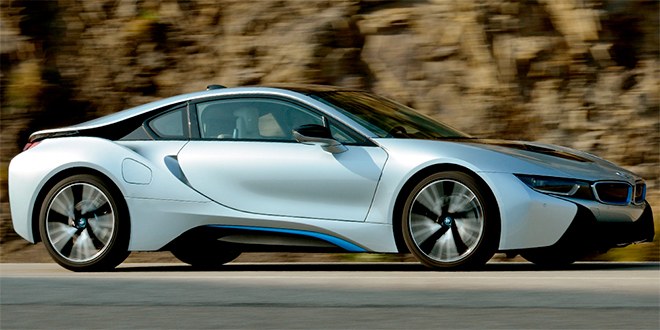
Now price wise, the Mercedes C200 costs RM249,888 and the BMW i8 retails for more than ONE MILLION Ringgit. So let’s rewind a bit now, back to 1983 actually, when the Mercedes-Benz W126 280SE (below) was brand spanking new, a car that I personally own today. It cost circa 90k Malaysian dollars in 1982, big money in the 80’s, and perhaps it was justified back then to call it a big-ticket luxury item. However, that was 36-years ago.
Fast-forward to 2019, and in a few weeks I’ll be shelling out a whopping RM1,630 for a year’s worth of road tax for the W126 above, which is enough to keep both the BMW i8 and Merc C200 on the road for the next eighteen years. So yeah, owners of newer luxury cars – with smaller force-fed engines – that cost many, many times more than my W126, will be laughing. Hysterically. To say that our Malaysian road tax system is overdue for a revamp is a major understatement.
Now don’t get me wrong, I personally think that smaller force-fed engines in luxury cars is a brilliant move. They’re less polluting and more efficient, but long-gone are the days when a luxury car was defined by the cubic-capacity of its engine, that much is very evident with the current crop of luxury cars for the masses, like the BMW 1-Series above. It only needs a 3-cylinder 1,499cc engine to produce a healthy 136bhp and 220Nm of torque. Not too long ago you’d need an engine in excess of 2-litres and 4-cylinders to do the same. And again, this BMW only costs RM90 a year to keep road-legal.
What can we do for older cars still on the road?
One idea I came up with some time ago when the ill-conceived blanket end-of-life “scrapping-policy” idea for cars over a certain age was mooted, was a yearly inspection for all cars over 20-years of age, to ensure that they were all still roadworthy. And to compensate owners for this mandatory yearly inspection, a reduction in annual road tax could be implemented, i.e. a 50% immediate reduction in annual road tax for all privately owned cars 20-years and older that pass this yearly inspection, 75% reduction for cars 25-years and older. Not only will this eradicate cars that are too badly maintained from entering public roads, but it will also inspire owners to take care of their cars better, ensuring they are roadworthy. How’s that for a start? – Chris Wee.
UPDATE: My good friend Bobby Ang of EVOLTN saw this article today and made a very good suggestion! Base road tax on the cars’ value as mandated by INSURANCE paid yearly on any privately owned vehicle. “You need to buy insurance, it is mandated, and you have your insured value against your loan amount, or how much you think it’s worth, and this value goes down yearly. Thus following insurance price (a.k.a. insured value) is the best method for road tax .” – Bobby Ang, EVOLTN.
This is actually quite brilliant for newer cars, and might I add: As an incentive, discounts on yearly road tax for new cars can be given based on NCD / NCB as well. No claims, slightly lower road tax. This will ensure motorists drive safer too. Since nobody likes losing their NCD, now with no claims they can benefit from lower road tax as well. Nice one Bobby! – Chris Wee.
Quick Road Tax Guide…
CC RM
1,500 = 90
2,000 = 380
2,499cc = 879
2,500 = 880
2,800 = 1,630
3,000 = 2,130
3,500 = 4,380
For more road tax calculations, click this link.




